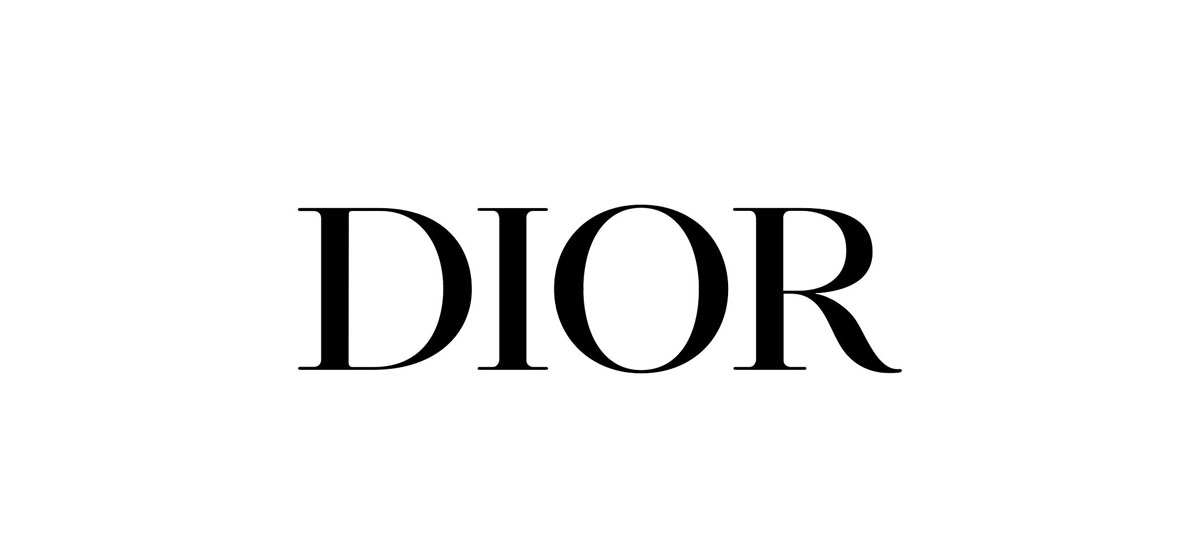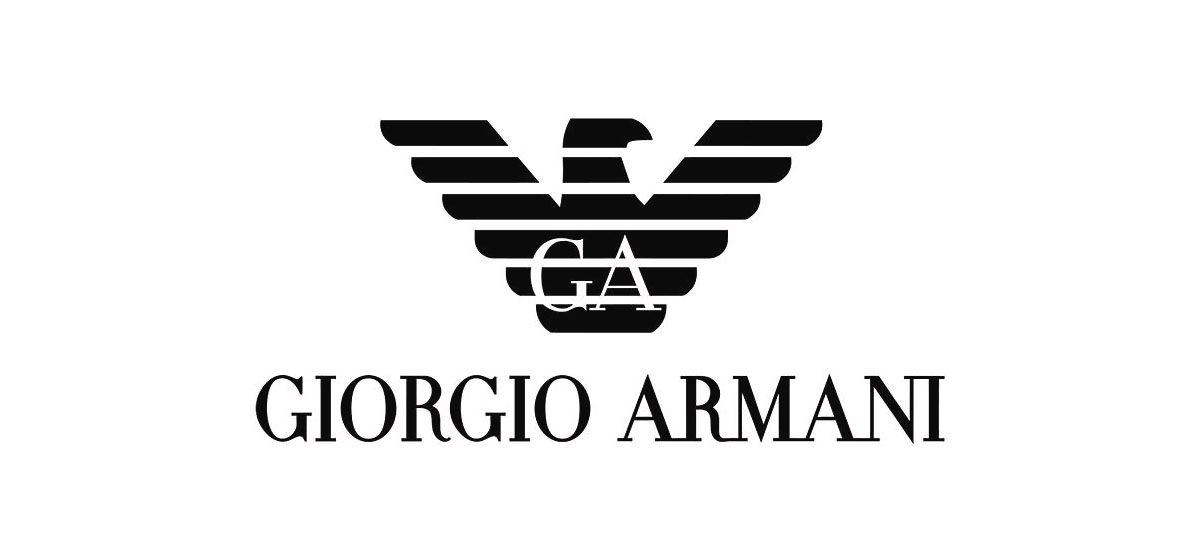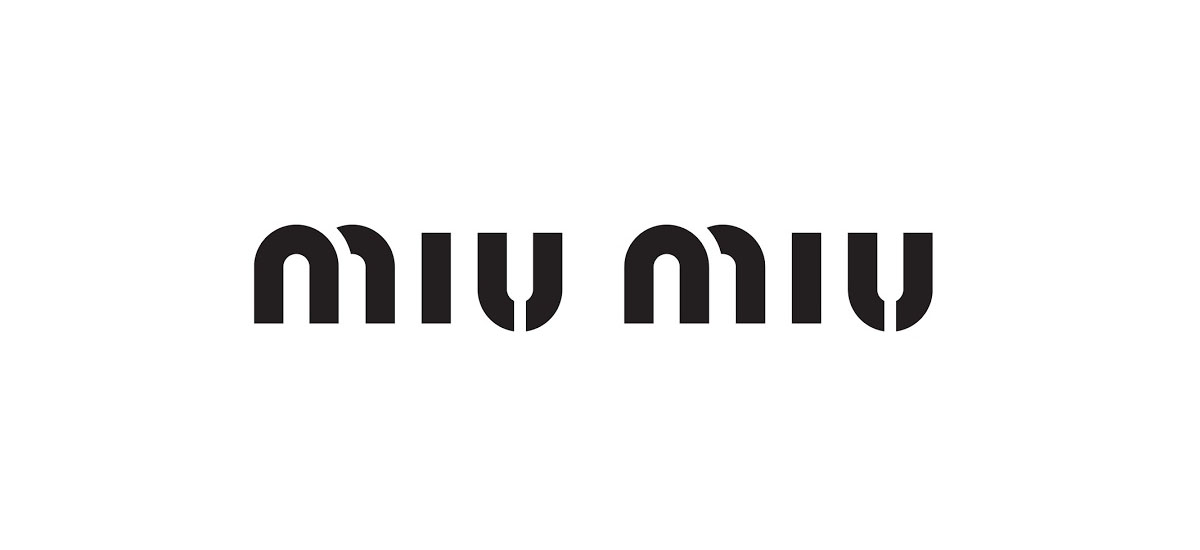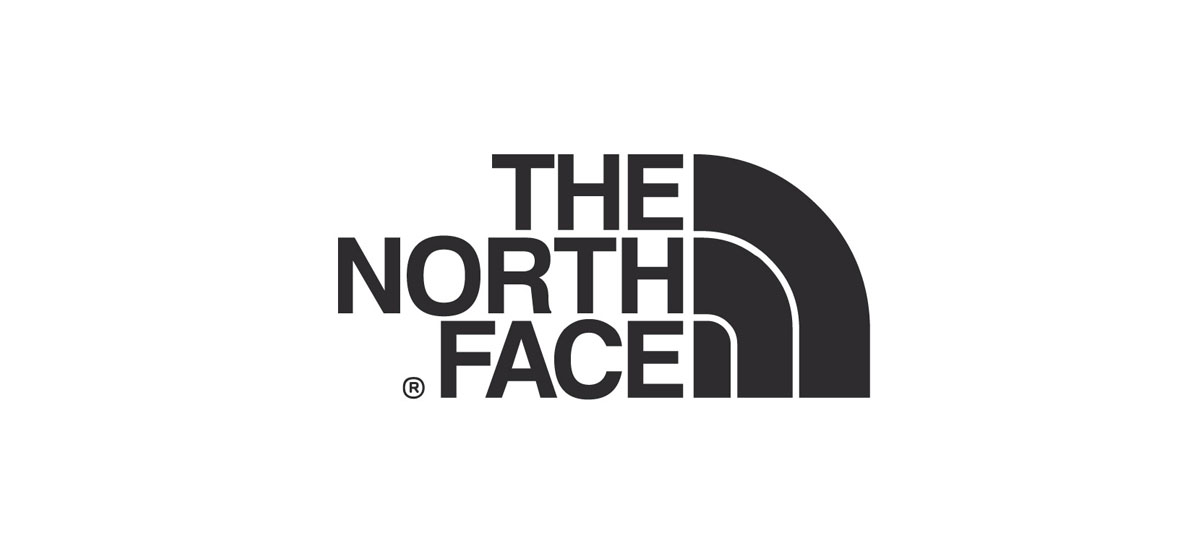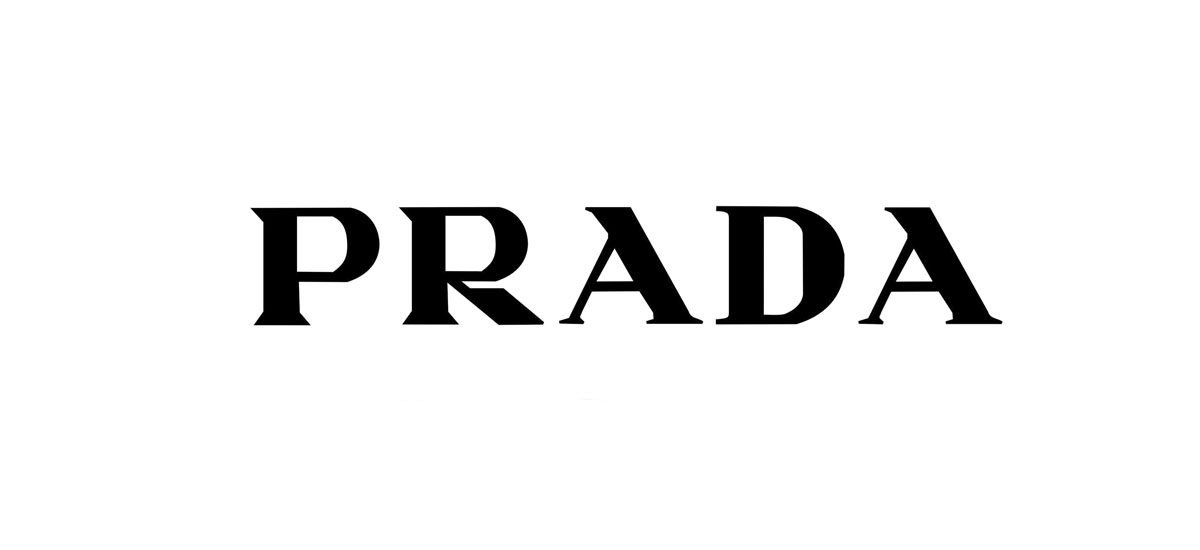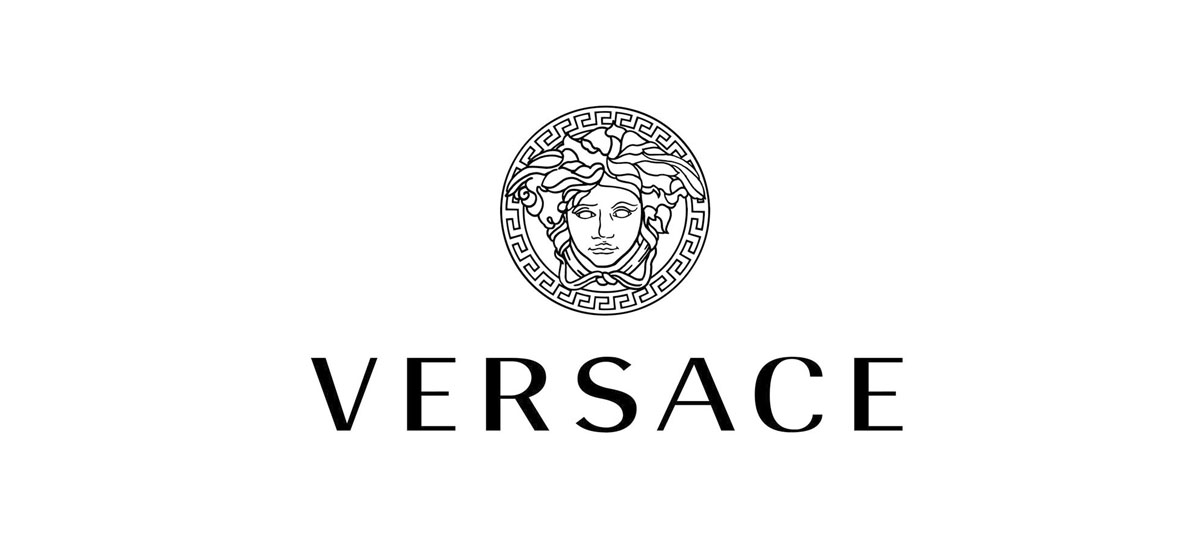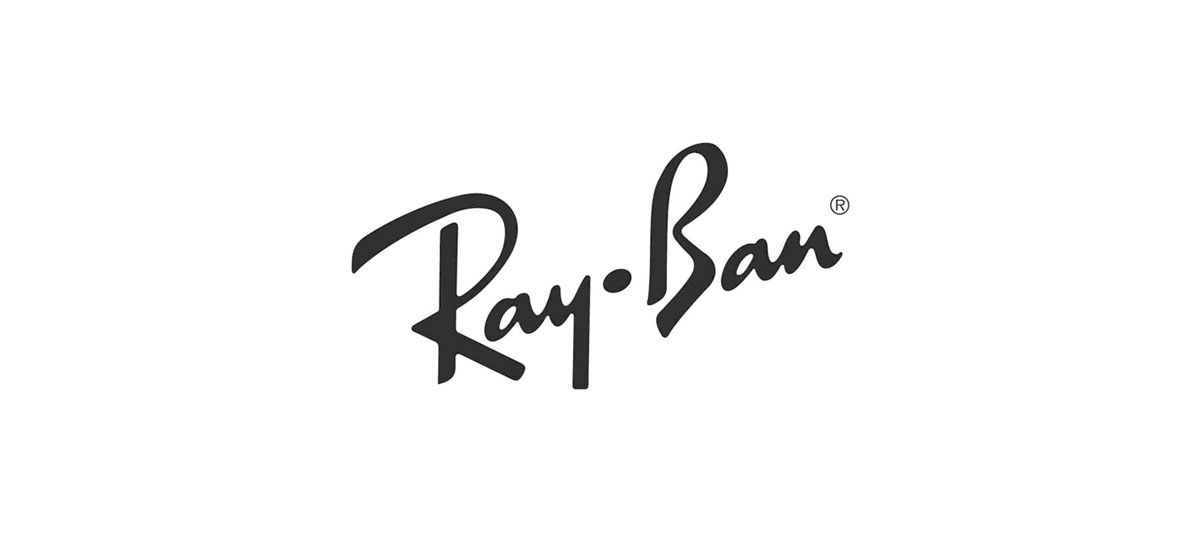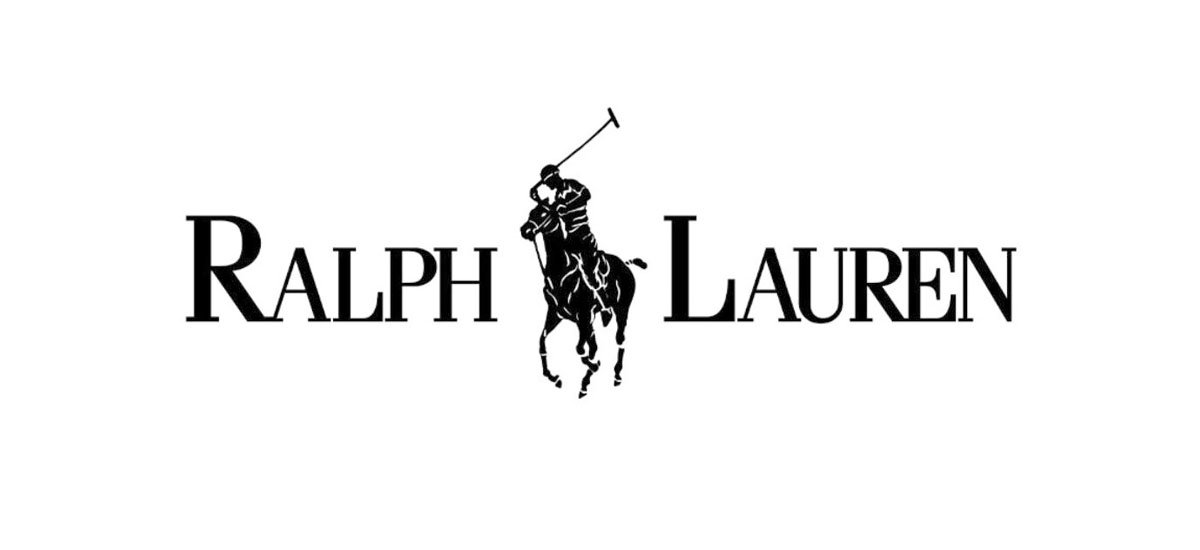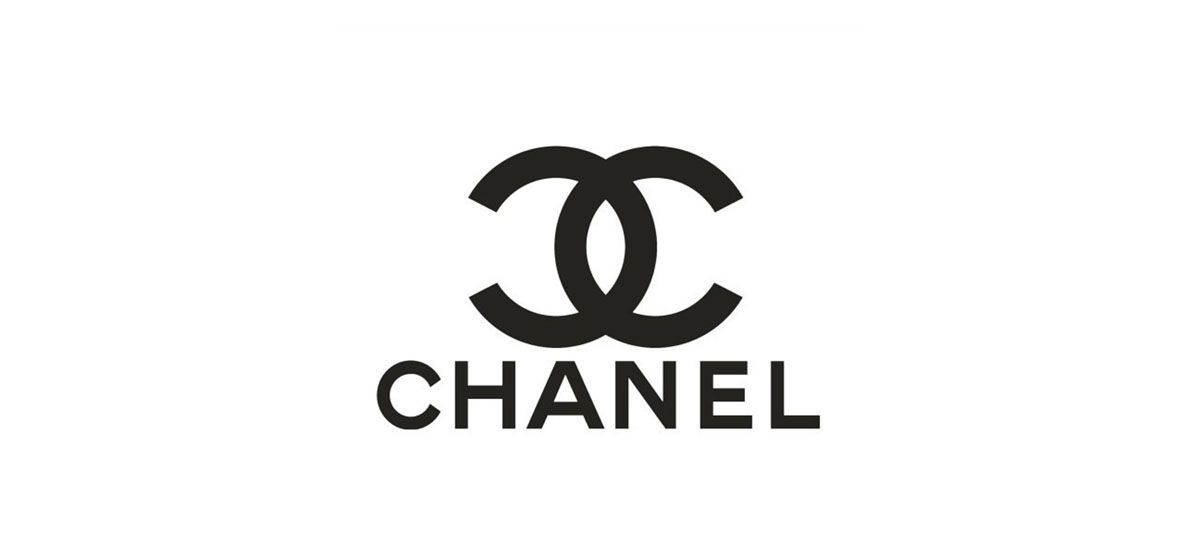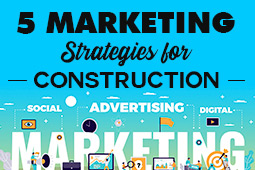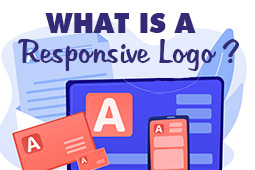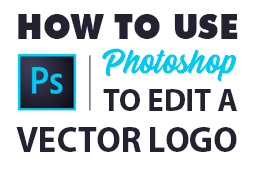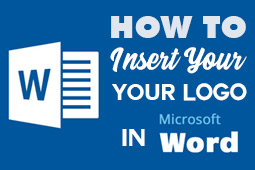Fashion brands don’t just make their products, they are their products. For high-end apparel and accessories, the name of the brand — usually represented by a recognizable fashion logo — is just as important as the design, the materials, and craftsmanship. People don’t buy bags from Louis Vuitton, they buy Louis Vuitton bags!
More than other industries, fashion relies on branding to draw in customers and build a specialized following. People use their clothing style to identify themselves, so fashion companies have to find the shoppers with the same sense of style. That means designing a fashion logo that speaks to the right people by using the right shapes, colors, and fonts for their intended audience.
But what if you don’t know about logo shapes, colors, fonts, and all those design specifics? In this article, we’ll explain the ins and outs of fashion logo design for beginners to get their feet wet. First we’ll analyze the 10 best fashion logos in the professional sphere, and then we’ll outline some starter tips that anyone can apply. Use these tips on your own fashion logo as a pathway to the runway!
10 Best Fashion Logos
Louis Vuitton
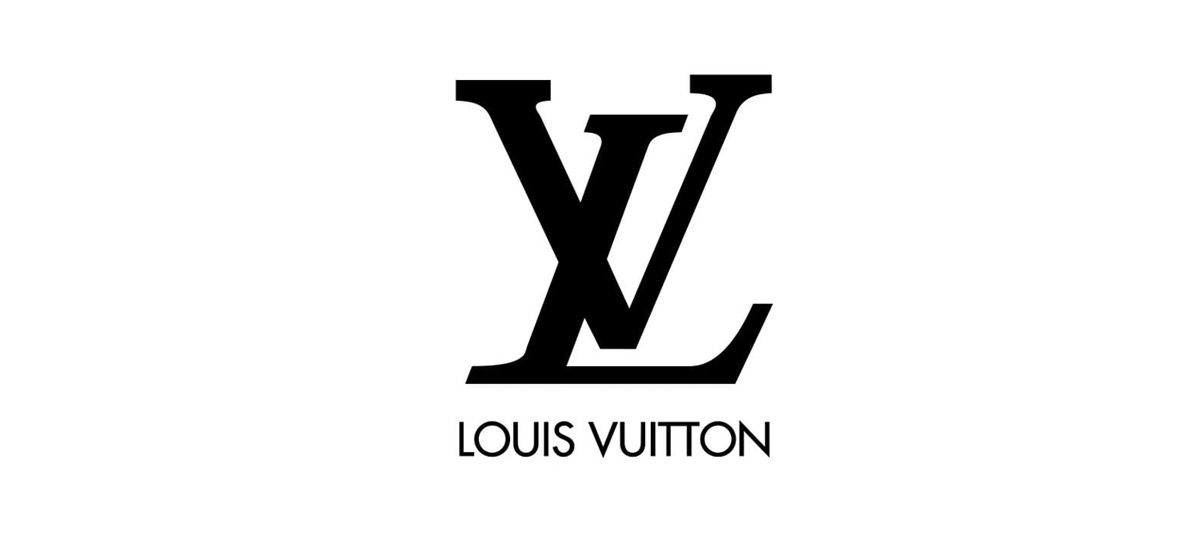
One of the best perks of fashion logos is that, if they look good, you can use them as prints on your actual products. No one knows that lesson better than Louis Vuitton, whose logo is easily recognizable on any of their high-end bags. To make this work, they need a simple logo; a wordprint logo (using their entire name) would be too long to print over and over, so they use a monogram logo of their brand initials, LV.
But the way the letters are combined is what gives it that stylistic look. For one thing, the letters themselves are serifed (serifs are the proper name for those little “tags” that make letters look more formal). Serifs are a common trend among fashion logos to make brands appear more sophisticated.
However, what really makes the Louis Vuitton logo pop is the slant on the L to make it parallel to the V. As part of a creative industry, fashion brands benefit from looking edgy and unconventional, so little tweaks like this to subvert your logo’s appearance make you more enticing.
Dior
As opposed to Louis Vuitton, Dior deals more with clothing, shoes, and beauty products than accessories. That means having a small and compact logo is not important because they won’t use it as a repeating pattern. As a result, they can experiment with wordmark logos, especially since their name is only four letters long.
The main feature of the Dior logo is the large D, disproportionately larger than its lowercase counterparts. This gives customers something to focus on and remember — and “anchor” for their memory.
For the rest of the typography, Dior follows closely to the fashion logo traditions: a sophisticated serif font and stark black color. Like formal fonts, the color black has associations with sophistication, as well as power and even mystery, making it a perfect fit for the fashion industry.
Giorgio Armani
Compared to other brands, Giorgio Armani has the most “normal” logo. For one thing, it’s the only animal logo on our list — animal mascots are usually reserved for more down-to-earth brands, but a regal eagle is nonetheless appropriate for fashion.
As we explained in our guide to logo shapes, repeated horizontal lines denote stability and balance. When combined with the eagle imagery and the color black, it creates a forceful and almost aggressive brand identity, which suits customers who buy Armani to feel elite.
Still, the using the full company name and spelling it out with a black seriffed font is enough to make it look and feel like a fashion brand.
Miu Miu
Miu Miu takes a deviation from the other fashion logo trends and does something quite original — which also fits the creative fashion industry. Like other fashion logos, they opt for a wordmark in the color black. But the similarities end there.
For one thing, Miu Miu uses a sans-serif font (“no serifs”), so immediately they come across as more accessible and even friendlier than the more exclusive brands. However, the real star of this logo is the curves — because the human eye naturally follows any line it sees, curves create an image that’s more fun and playful than, say, straight lines and sharp corners.
On top of all that, Miu Miu uses a stenciled look to give it a completely unique style, easily distinguishable from its stuffier counterparts.
The North Face
Not all fashion brands are… fashionable. The North Face makes heavy jackets and target outdoor winter athletes like skiers, but as a manufacturer of apparel, their logo must follow the same guidelines as other fashion brands — namely that it has to look good on the product.
So the North Face has more freedoms than the haute couture brands, and their logo takes full advantage. They use a sans serif font to come across as casual and approachable — not sophisticated and exclusive — to appeal to customers who don’t really care about fashion and just want a warm jacket.
The curves too play into this informality; as we explained above, curves make an image more whimsical. The North Face also has the opportunity to experiment with more colors besides black, as black is counterintuitive for accessible, down-to-earth brands.
Prada
Prada has an interesting logo, and an exemplary one for the fashion industry because it knows when to use traditional trends and when to break the mold.
By now you can recognize some of the fashion logo staples: the color black, the serif font, and the wordmark logo. But the fashion industry benefits from creativity and “breaking the rules,” so the Prada logo also takes some liberties to keep it unique and fresh. For example, the serifs are actually spikes, and the curves are kept to a minimum, giving it a stark, cubist feel that makes the brand seem strong and secure.
It’s also worth noting the clever twist to the R. Often in logos (of any industry), brands will include a one-of-a-kind variation on one of the letters, to both keep the logo interesting and to help improve brand recognition (as mentioned in our guide of tech logos, like the A in Samsung or the E in Dell).
Versace
Like Armani, Versace likes to pick and choose which fashion logo trends it follow and which it abandons. They use a wordmark logo in a black font, but they prefer a simple sans serif font with plain lettering over something more fancy.
To compensate, however, they (occasionally) use an overly fancy pictoral logo — one of the few in high-end fashion. Both the statuesque face and the angular pattern in the frame seem reminiscent of ancient Greek styles, which inherently give the fashion brand a classic and timeless feel.
Ray Ban
Like the North Face, Ray Ban doesn’t suffer the restrictions of high-end brands (although you wouldn’t know it by their price tags). Ray Ban deals mostly in sunglasses, so they don’t need to worry about exclusivity or sophistication as much as haute couture.
That frees them up to use a handwritten, overly casual typography, almost like a signature. This opens them up to business from virtually anyone — lovers of high-end fashion can wear Ray Bans alongside people who know nothing of the fashion world.
Ralph Lauren
Of all the mascots from all industries, few are as successful as Ralph Lauren’s polo player. This simple icon, when embroidered on a shirt, is not only instantly recognizable to most shoppers, but has now become a symbol of status and identity — the goal of every logo.
Through masterful branding over decades, Ralph Lauren has elevated its logo to represent the exact kind of top-shelf casual wear its customers are looking for. Anyone who buys a Ralph Lauren shirt can share that coveted identity, which continually perpetuates new sales and new customers. Of course, for this kind of success, you need both consistency and time, not to mention an distinct logo.
Aside from their mascot, Ralph Lauren plays by the rules with the rest of their fashion logo. When the logo calls for their name, it’s written in a formal fancy font, often appearing in black.
Chanel
A driving force behind the modern fashion industry, Chanel remains to this day an authority on fashion design, but also fashion marketing and branding. It was Coco Chanel who popularized exclusivity as a marketing tool, pricing her products so that not everyone could afford them — which in turn made everyone want them!
Despite being the forebearer of sophistication in modern fashion, the Chanel logo tends to avoid the elitist trends: instead, they use a simple sans serif font and an ample amount of curves. However, the bold black coloring and thick lettering maintain shades of that exclusive look, giving the brand the best of both worlds.
Really, what makes the Chanel logo shine is its gorgeous imagery, a mix between a pictorial logo and a monogram logo. The use of curves creates a hypnotizing effect that keeps the viewers eyes locked into the design, while simultaneously underlying the brand name with the two Cs (Coco Chanel). This not only delights shoppers and entices them to buy, but it also imprints the fashion brand into their heads for later.
3 Expert Tips on Designing Fashion Logos
Want to design a fashion logo for your own brand. No matter what style you’re going for or what audience you’re targeting, these 3 tips can help you customize your logo to fit your brand like a satin, evening-wear glove.
Let Typography Do the Work
As we’ve seen above with the top 10 best fashion logos, most brands in the fashion industry choose wordmark or monogram logos. While the occasional pictorial logo achieves success (like Armani or Ralph Lauren), in general it's best to use textual logos for fashion. Why? Using pictorial logos might distract from the look of the clothes themselves — text-based logos give the apparel all the attention.
However, using workmark and monogram logos give less means to communicate your style; you’re limited to only elements like typography and color and show off what kind of personality your brand has. That’s why it’s vital to make those decisions count.
The typography you choose — the font, the size of the letters, and any stylistic choices (like how Louis Vuitton slants their L) — can all communicate your brand personality to customers and help you attract your target shoppers. Make your text decisions carefully, keeping your target shoppers in mind at all times.
One of the first typographical decisions you’ll make is whether your font is serif or sans serif. This is a pretty basic choice, but determines the overarching strategy of your branding. In a nutshell, choose serifs if you want to try the exclusive, sophisticated route, whereas choose sans serif if you want your brand to be more accessible and casual.
Stick with One Color
Although brands in other industries often use color schemes with two or three colors (or more), fashion branding tends to be monochrome, with only one color. The reasoning is the same as why fashion brand shy away from pictorial logos — the logo should not distract from the actual clothing. And because color is so important to the apparel, using a multi-colored logo would be distracting and at times clash with the actual garment or accessory.
For that reason, fashion logos tend to be only one color… and that one color tends to be black. That’s no accident either; black usually goes with everything, making it the emblem color of the entire fashion industry — hence the expression, “... is the new black.”
However, you’re free to use whichever color fits your brand. If your entire clothing line is done in black, you might want to choose a white or gray tone for your logo to help visibility. Alternately, you might want to choose a specific color that represents your brand and stick to that one; for example, fashion brands H&M and Uniqlo both favor red for their branding. Interestly, red is second to black as the colors that grab the most attention.
Curves Are Enticing
Aside from the choice between serifs and sans serif, you also have to choose the degree of curves to straight lines in your logo text.
The idea is this: straight lines and sharp angles denote stability, strength, and seriousness, while curves denote playfulness, inclusion, and friendliness. Depending on your brand identity, you want to pick the right balance of fun and seriousness.
If you’re going all-in for an exclusive, high-end brand, you’ll want minimum curves — look at how Prada squashes the curves in the P, R, and D to make them as extra blocky. But if you’re going for an accessible brand that’s available to anyone, you’ll want more curves, like the North Face.
Of course, most brands will want something in between, specifically customized for their own particular personality. That’s why we encourage you to be creative — put in only as much or as little curves as you want to fine-tune your logo for your own needs.
How to Make a Fashion Logo
Now that you have an idea of what goes into an effective fashion logo, the question is, how do you make one? Essentially you have two options: hire someone to design it for you or design it yourself. Both have their own merits and drawbacks, so let’s examine both individually.
Hiring a Designer
Professional designers know by heart all the tips, tricks, and techniques we’ve mentioned above, and then some. When you hire a designer, freelance or from an agency, you’re buying their expertise just as much as their time.
The problem is, no skilled designer works for free. The most glaring downside of hiring a designer is the cost — talented designers charge hundreds or even thousands of dollars for logo design.
Sometimes you can find cheaper alternatives on sites like Fiverr, but those sites have a poor record for delivering what they promised, and there’s tons of ex-Fiverr users who felt they were ripped off. The industry standard for a logo design is around $200, so if someone charges $5, you’re right to be suspicious.
Moreover, even if you have the money to spare, it can be difficult to find the right designer for you. Graphic design is a creative field, so there are innumerable artistic styles to choose from. You have to be sure to find a designer who both understands your vision and is capable of bringing it to life, but that can take time.
Design a Logo Yourself

If you don’t have spare cash in your budget for a logo, don’t despair. While in the past you may have had limited options, nowadays technology has advanced so that virtually anyone can design their own logo using an online logo design tool like logogenie.
In our digital era, design software is less about the technical skill of your hands and more about your creative ideas. You don’t need to master your brush strokes or pencil shading — you don’t even need steady hands. With digital logo makers, all you need is an idea.
Logogenie, and other online design tools, use templates to make design fast and easy, even for first timers. First, you select your industry from the dropdown menu.
We’ve categorized our templates by the needs and demands of the top industries, so finding yours is the first step. Our algorithm will then generate the top choices for your industry.
Simply choose the one you like and start editing. You can customize each template however you want, personalizing your choices for:
Main images
Company name and slogan
Font and typography
Color schemes
Text and picture sizes
Text and picture placement
Adding new icons
Layering (putting some images behind or in front of others)
You can choose from our internal library of over 200 icons. A quick glance shows that there are plenty of the intellectual imagery we mentioned above, including trees with rainbow leaves, shield crests, books, graduation caps, and more.
If you want to use more advanced techniques, we wrote a quick beginner’s guide to using Logogenie. This explains all the nuances of the Logogenie interface, including how to edit individual aspects of the base image, change certain colors but not other, and perfecting your typography.
Using a DIY logo maker like logogenie, you can create a professional-tier logo in just minutes. When you’re done, you can buy all permissions and commercial licensing for $24.90, which grants you your logo forever.
While the template-style of design works well for first-timers, you’ll get better results if you bone up on some graphic design basics beforehand. Keep reading our blog for special design tips, straight from expert designers.

